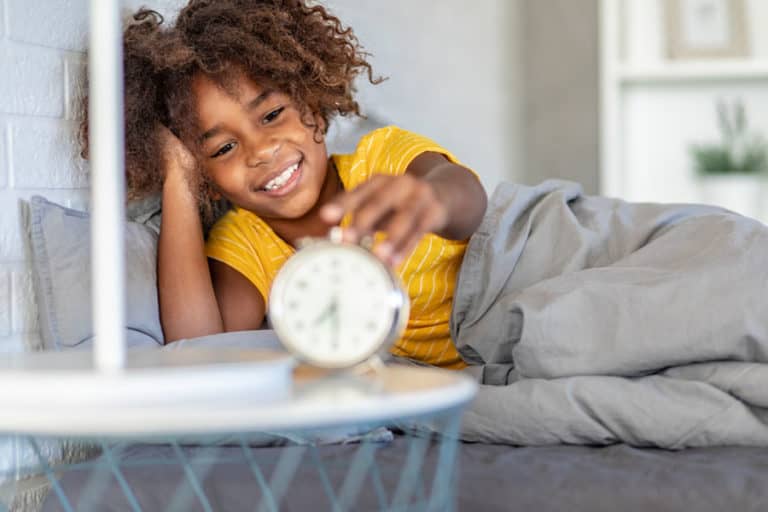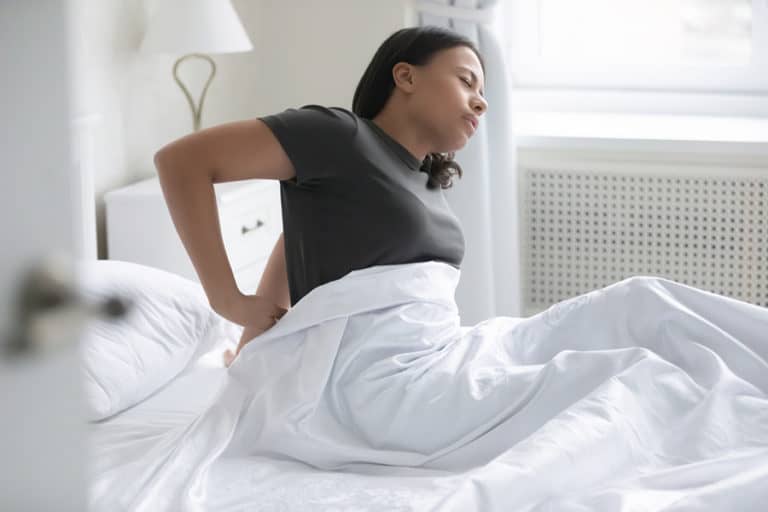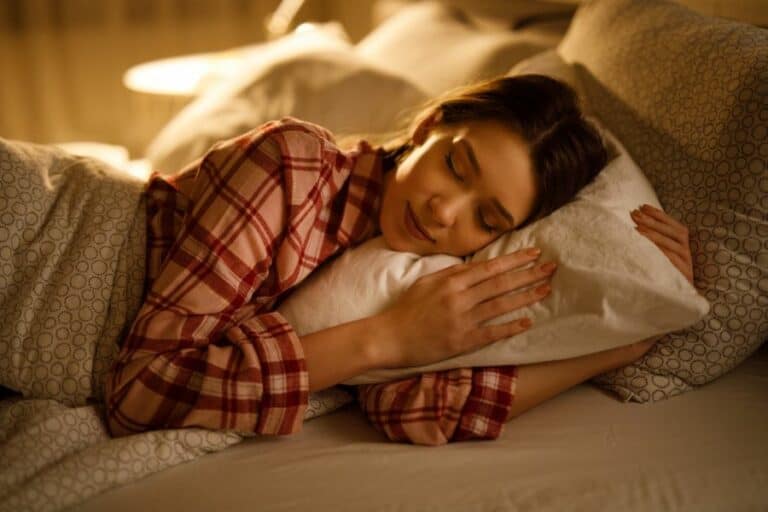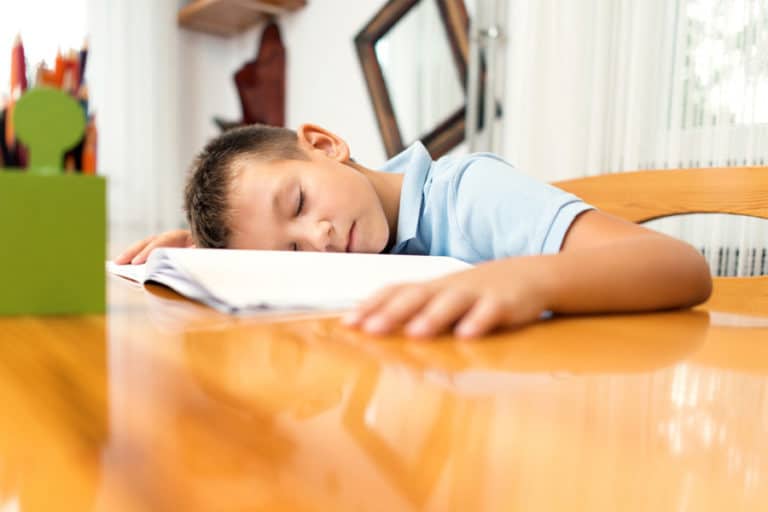Sleep Calculator: Know How Many Hours of Sleep You Need?
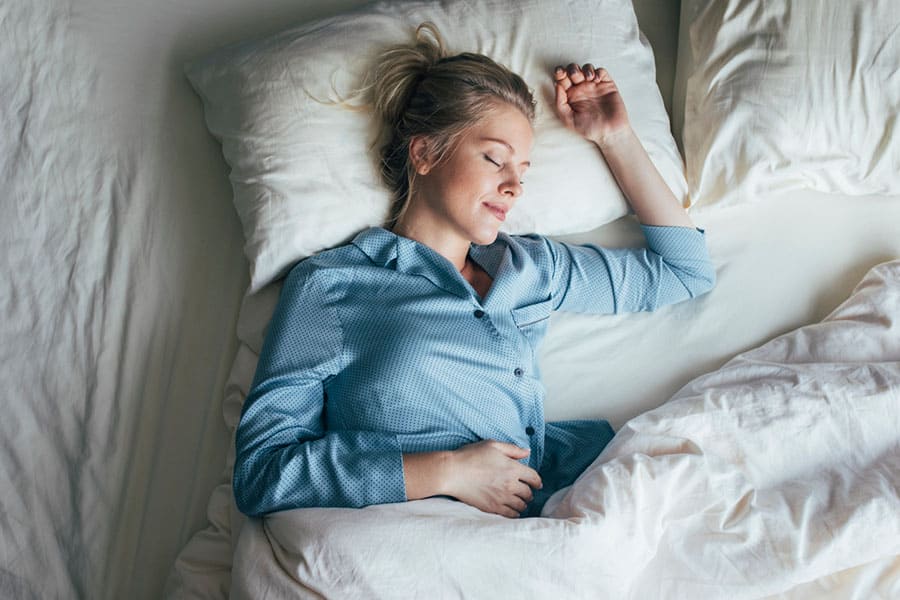
Sleep disorders are more common today than ever before. Understanding how many hours of sleep you need begins with understanding sleep itself. Once you understand sleep and its dynamics, hacking the brain’s sleep cycles is not as difficult as it seems.
Sleep is many different things to us humans. It is the most basic and familiar bodily experience of our daily life. It is also the biggest mystery among all our physical experiences!
Next to hunger and thirst, it is the most keenly felt everyday need. And yet, most of us never seem to be getting the optimal hours of sleep. Let us try to decode how many hours of sleep we actually need.
According to a research [1]American Psychological Association: Growing concerns about sleep, 2 out of every 3 Americans are sleeping more or less than recommended. Many factors contribute to disturbed sleep in people. It is important to understand that correcting disturbed sleep rhythms takes more time and effort than we think it does.
Understanding sleep
Sleep poses an extraordinary challenge when it comes to definition. While it seemingly defies simple definitions, it has been studied [2]National Library of Medicine: History of the Development of Sleep Medicine in the United States fairly well in the last century. The 20th century marks a point in history when mankind’s obsession with sleep moved from dreams to sleep in itself.
At its simplest, sleep can be understood as a physical state of rest. A state that is marked by multiple cycles and a complete or partial reduction in sensory or physical activities. Sleep, as we know it today, is divided into 5 stages, but more about that in a moment.
We commonly imagine sleep as an act of resting our bodies after a tiring day of work, or Netflixing. Hey, we ain’t judging. You do what you do, and sleep is the shutting of eyes at the end of whatever you did all day.
Simple? Not quite. Sleep is an entire conscious-unconscious activity in itself.
Most parts of the brain remain active through our sleep. Like a tireless clerk in a filing office, the brain works all night filing away all the day’s memories. Most other activities and movements in the body slow down while the brain sorts, labels and stores away our memories.
This way, sleep ends up resting the body and the brain and reinvigorating it for the next day. It restores and regenerates us by repairing everyday wear and tear.
Nearly half the human growth hormone (somatropin) is released when the brain enters deep sleep. This hormone does a lot more than make babies grow into adults. And yes, it does that too, why do you think kids need to sleep so much more?
Somatropin, or human growth hormone increases calcium retention in bones, increases muscle mass, and reduces glucose uptake in the liver. It is important for the maintenance of the steady functioning of internal systems within our body (Homeostasis). Lastly, it stimulates your immune system.
Now you know why sleep is more important than you think it is. You probably understand that sleep disorders like oversleeping or insomnia can have far-reaching effects. By the end of your reading, you will have a much better understanding of all that and more.
Stages of sleep
Let us understand what happens when we sleep. Sleep studies [3]HARVARD T.H.CHAN: The Nutrition Source have shown that sleep isn’t one long phase. It is characterized by 5 phases. Each is as important as the other.
The stages can be broadly divided into REM (Rapid Eye Movement) and non-REM sleep. Non-REM is further divided into 4 stages – 1/2/3/4/REM Stage of Sleep
1st Stage of sleep
The brain begins the transition from the state of being awake to a state of rest. Eye movements slow down, brain waves slow down and shift from the alpha to theta waves. You may be familiar with that feeling of tripping or jerking suddenly (hypnic jerk); it occurs in this stage.
2nd Stage of sleep
In this light-sleep stage, a lot of systems like breathing, heart rate, muscle activity, and brain function slow down. The body’s temperature drops down. Eye movements stop and dreams very rarely ever form at this stage.
3rd and 4th stage of sleep
The 3rd and 4th stages are often clubbed together. This is because the 3rd stage is considered a transition stage between the deep sleep and waking stages of the mind.
These are the deep sleep stages, dominated by delta waves in the brain. Common sleep issues like sleep-walking, sleep-terrors, sleep-arousal, teeth-grinding, and sleep-talking happen now.
REM (Rapid Eye Movement) stage
As the name suggests, this stage is characterized by the rapid movement of the eyeballs from side to side. Breathing and heart rate are faster and more irregular coupled with a near paralysis of the rest of the body. This is the stage of vivid dreams.
On an average it might take 90 minutes to go through one REM cycle. Depending on the hours of sleep, an average healthy adult has 5-6 REM cycles in a night’s sleep.
How many hours of sleep do I need?
Sleep requirements vary from person to person based on several factors. The most common and probably the most simplistic division is based on age. However, there is a lot more to how much sleep you should get or can get.
Optimal hours of sleep by age:
Here is an easy reckoner of the amount of sleep required, classified by age [4]Sleep Foundation: How Much Sleep Do We Really Need?:
|
CATEGORY | AGE GROUP | HOURS OF SLEEP |
| NEWBORN | 0-3 MONTHS |
14-17 HOURS |
|
INFANT | 4-11 MONTHS |
12-15HOURS |
|
TODDLER | 1-2 YEARS |
11-14HOURS |
|
PRE-SCHOOL | 3-5 YEARS |
10-13 HOURS |
| SCHOOL-AGE | 6-13 YEARS |
9-11 HOURS |
|
TEEN | 14-17 YEARS |
8-10 HOURS |
|
YOUNG ADULT | 18-25 YEARS |
7-9 HOURS |
| ADULT | 26-64 YEARS |
7-9 HOURS |
| OLD ADULT | 65 AND ABOVE |
7-8 HOURS |
Information Source- Sleep Foundation
Common sleep disorders
According to the CDC, a third of US adults do not get the recommended amount of sleep. This in itself leads to several other serious health problems such as obesity, diabetes, heart disease, or depression.
Here are some of the more common sleep disorders:
Insomnia
Also known as sleeplessness, Insomnia is a condition that causes people to have trouble falling asleep and staying asleep. Common Insomnia symptoms to watch out for include:
- Difficulty in falling asleep
- Difficulty staying asleep or entering deep sleep
- Waking up too early
- Not feeling rested day after day
- Irritability
- Difficulty in focusing, remembering
- Prone to errors and accidents
- Depression and anxiety
Sleep apnea
Primarily, sleep apnea is a condition in which a person’s breathing is either obstructed or too shallow during sleep. At such times, the person tends to snore. The disturbances in breathing disrupt sleep cycles, causing the person to feel sleepy during the day.
Snoring, increased daytime sleepiness, and reduced alertness are common symptoms of apnea. Left untreated, apnea can lead to other health problems such as diabetes.
Narcolepsy
People with narcolepsy are prone to excessive daytime sleepiness and sleep attacks. In other cases, a person may be sleeping for more than 10 hours every night. The classic symptoms of narcolepsy are:
- Oversleeping
- Sleep paralysis
- Hallucinations
Remedies and therapies for sleep disorders
Most sleep disorders are curable. The ones that are not, can also be controlled and managed so that their severity does not increase with time.
The most preferred solutions for sleep disorders are mostly lifestyle changes. But if your sleep disorders are severe, or a result of physical conditions such as tumors, strokes, or trauma to the head, you might be recommended medication too.
Therapeutic interventions
Clinical trials have proven that behavioral therapies are the most effective in treating sleep disorders. Relaxation, breathing exercises, and improving sleep hygiene, can lead to visible improvements in the quality and quantity of sleep. Keeping a record of sleep behavior in the form of logs or a journal is another aid to improving sleep.
Exercise
Opinions are slightly divided on the use of exercise for sleep. It is true that some forms of physical activity have been proven to have beneficial effects on sleep. But a cardinal rule to go by is to avoid physical activity closer to your bedtime, or in bed.
This clashes with the claims of some exercise disciplines. If you wish to try a fitness routine to enhance the quality of your sleep, try yoga or cardio. Do them at least 1-2 hours away from your bedtime. Indulging in vigorous exercise too close to bedtime has been observed to inhibit sleep in some people.
Try milder, relaxing routines like Pranayama, Yoga Nidra, or Yin Yoga to relax your mind before bedtime. A relaxed mind often translates into a deep sleep.
Food and other natural sleep aids
Natural sleep aids like teas, external applications, or aromas have a long history of being used to treat sleep disorders. You can try some of them, but keep an eye out for side effects like allergies, drowsiness, or headaches.
- “Almonds are rich in melatonin (sleep hormone) and inhibit cortisol (awakening hormone). Watch out if you are allergic to nuts”, says a study.
- Chamomile or Lavender Teas are the most widely consumed teas for sleep. However, there is still a lot of scope for study regarding their long-term benefits.
- CBD, is an extract of the marijuana plant, but without its highs. It needs to be recommended after a lot of careful consideration. It may have side effects and may interact with other medications.
- Milk contains melatonin, calcium, vitamin D, and tryptophan which can promote sleep. Momma and gramma were right, go finish that glass of warm milk before bed.
How to get more deep sleep?
There are several tricks to help your body acknowledge its circadian rhythm and wind down for sleep. Once you bring your sleep cycle to order, deep sleep is just a few steps away. Try these tips for better sleep:
- Create a schedule. Not just for sleep, but for the entire day. This will bring order into your life that the body can recognize and adapt to.
- Soak up enough sunlight during the day. Remember to tune down the lights as the day fades out.
- Develop a set of pre-sleep activities that will signal the brain that it is closer to sleep time. Getting a warm bath, brushing your teeth, slipping into pajamas, and playing soft music will do the trick.
- Yes, post-work is the time for Netflix and Instagram and texts and calls. But you know those blue-light emitting gadgets ain’t good for you, right?
- Try to focus on keeping your breath slow and deep. Stretch out your arms and let those yawns come. Keep yawning till you yawn.
- Limit food, snacks, caffeine, alcohol, and liquids, in general, an hour or two before sleep.
If you work night/odd-shifts:
- Request to keep your shift continuous for a longer time. Avoid alternating shifts every other day.
- Use bright lights at work, wind down the lights around your sleeping time and place.
- Use thick blinds to drain out sound and light in your room.
- Try to avoid all activities and responsibilities post work. If possible, schedule everything during or before work.
- Follow the other tips mentioned above.
What to do if you still cannot sleep?
It goes without saying that a doctor or therapist will be able to help you. Remember that the sleep you get and the sleep you need are unique to you. Oftentimes, what works for others may not work for your body, be in sync with yourself.
For example, all the world may be harping about how little adults need to sleep. As long as you aren’t sleeping for more than 10 hours, you are fine. You don’t need to go to bed and wake up only in the midnight hours, even if your greying peers do.
If you are a teenager going through puberty, it is okay to find your sleep patterns a little off. Teens going through puberty often find it difficult to sleep early, and thus a little tired during the day. Talk to your elders to help you plan your sleep schedule according to your body’s temporary new needs.
Most importantly, relax. You’ll find your best sleep on the other side of the curtain of relaxation.
References
| ↑1 | American Psychological Association: Growing concerns about sleep |
|---|---|
| ↑2 | National Library of Medicine: History of the Development of Sleep Medicine in the United States |
| ↑3 | HARVARD T.H.CHAN: The Nutrition Source |
| ↑4 | Sleep Foundation: How Much Sleep Do We Really Need? |


